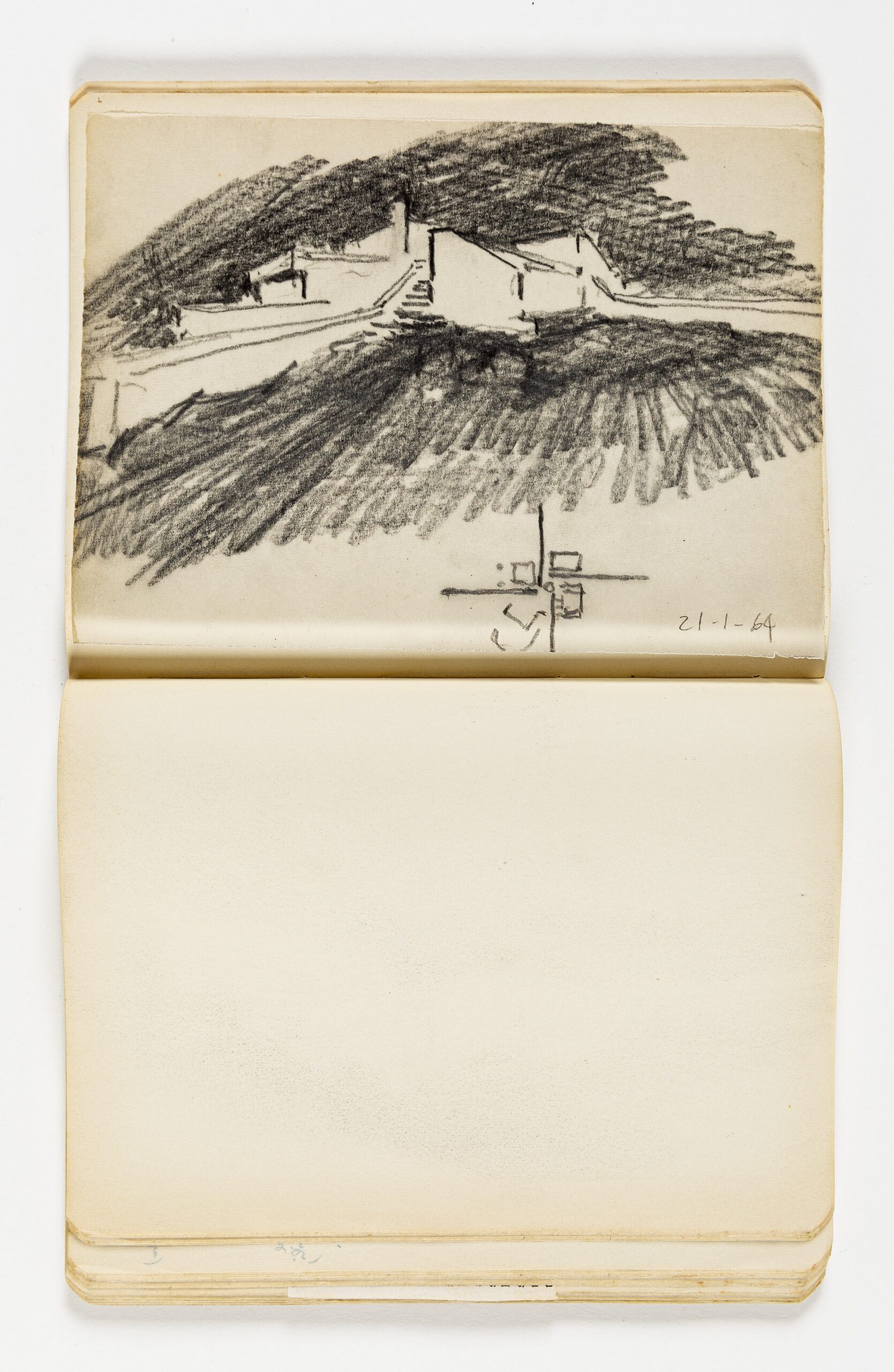In Palau, Sardinia, on the East Coast


Anyone who has seen and contemplated certain beautiful and simple ancient Mediterranean houses, such as those found in Greece, Spain, Portugal and southern Italy, knows that modern examples rarely possess the wisdom and beauty of these anonymous, traditional dwellings.
Wisdom, above all: the thickness of the walls, for coolness and winter humidity, the white of the lime, to repel the heat of the sun, the small openings, for filtered light, the external staircases and walkable roofs, which make the house equally habitable, inside and out; and the wall furniture, easy to maintain…
This house, built on a plot of land of austere and harmonious beauty, is first and foremost an attempt to solve the problem in this sense: it does not repeat traditional forms, but translates these ‘wise’ elements, typical of Mediterranean life and climate, in a contemporary and successful way.
The rigorously designed floor plan follows a geometric pattern (several squares along the same diagonal) that gives order to the structures without compromising, but rather accentuating, the freedom of the spaces and paths.
External staircases and terraces make the entire roof accessible: they rise in a spiral from the ground floor to the top of the roof, at the centre of which is the chimney. The possibility of walking anywhere, above and inside the house, expands its dimensions.
Consistently, all the furniture is ‘wall-mounted’: beds, sofas, wardrobes, shelves, tables, seats. With the exception of a few chairs, mattresses and cushions, the house needs nothing else. Already ready (the place is solitary and wild), easy to maintain (and easy to abandon for months during the winter), this ‘wall-mounted’ furniture allows for intensive use of space, as in ships.
Another extremely ‘wise’ feature is the openings: with the exception of the large window in the living room (to the north), all the other openings are narrow slits, always located in the corners of the rooms and reaching up to the ceiling, thus facilitating air circulation.
*
This text was first published in Domus, 419 (October 1964), 23-27.

– Team SHICHAI拾柴